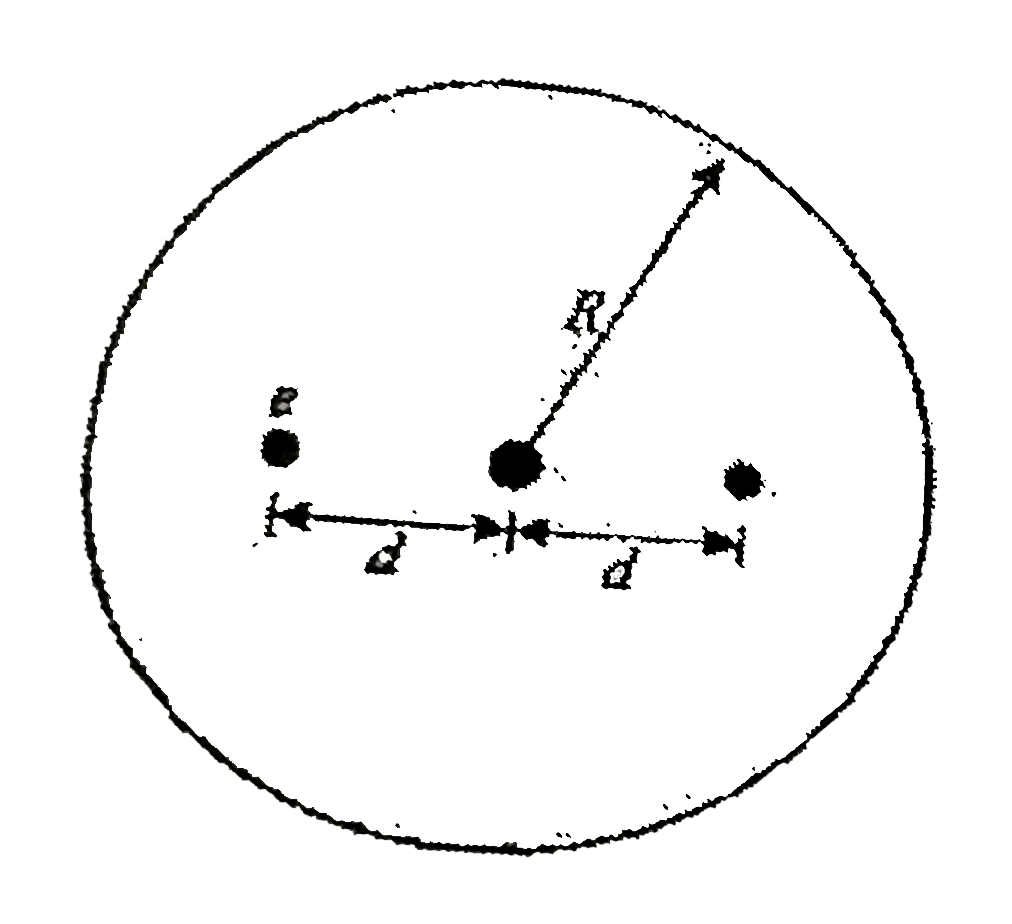Why did Thomson assume that electrons are embedded in a positive mass but not the other way round ?
Thomson assumed that electrons are embedded in a positive mass as it could explain several observations like only electrons are ejected when a metal is heated and never positively charged particles.
Topper's Solved these Questions
- BOOK - PEARSON IIT JEE FOUNDATIONCHAPTER - ATOMIC STRUCTUREEXERCISE - Level 310videos
ATOMIC STRUCTURE
- BOOK - PEARSON IIT JEE FOUNDATIONCHAPTER - ATOMIC STRUCTUREEXERCISE - Concept Application Level-142videos
ATOMIC STRUCTURE
- BOOK - PEARSON IIT JEE FOUNDATIONCHAPTER - AIR AND OXYGENEXERCISE - LEVEL-310videos
AIR AND OXYGEN
- BOOK - PEARSON IIT JEE FOUNDATIONCHAPTER - CARBON AND ITS COMPOUNDS EXERCISE - Concept Application Level-310videos
CARBON AND ITS COMPOUNDS
Similar Questions
Knowledge Check
- Question 1 - Select One
According to Thomson's model, every atom consists of a positively charged sphere of radius 10−10m in which entire mass and positive charge of the atom are uniformly distributed. Inside the sphere, electrons are embedded like seeds in a watermelon. According Rutherford, entire positive charge and mass of the atom are concentrated in a tiny central core of the atom, which is called atomic nucleus. Size of nucleus ≈10−15m. The nucleus contains proton and neutrons. Negatively charged electrons revolve around the nucleus in circular orbits.
The size of atom is of the order ofA10−14mB10−12mC10−10mD1010m - Question 2 - Select One
According to Thomson's model, every atom consists of a positively charged sphere of radius 10−10m in which entire mass and positive charge of the atom are uniformly distributed. Inside the sphere, electrons are embedded like seeds in a watermelon. According Rutherford, entire positive charge and mass of the atom are concentrated in a tiny central core of the atom, which is called atomic nucleus. Size of nucleus ≈10−15m. The nucleus contains proton and neutrons. Negatively charged electrons revolve around the nucleus in circular orbits.
The size of atomic nucleus is of the order ofA10−15mB10−10mC1014mD1010m - Question 3 - Select One
According to Thomson's model, every atom consists of a positively charged sphere of radius 10−10m in which entire mass and positive charge of the atom are uniformly distributed. Inside the sphere, electrons are embedded like seeds in a watermelon. According Rutherford, entire positive charge and mass of the atom are concentrated in a tiny central core of the atom, which is called atomic nucleus. Size of nucleus ≈10−15m. The nucleus contains proton and neutrons. Negatively charged electrons revolve around the nucleus in circular orbits.
Large angle scattering of α-particle could not be explained byARutherford modelBThomson modelCBoth Rutherford model and Thomson modelDNeither Rutherford model nor Thomson model
Using Thomson's model of the atom, consider an atom consisting of two electrons, each of charge −e, embedded in a sphere ofcharge + 2e and radius R. In equilibrium each electron is at distanced from the centre of the atom. What is equilibrium separation between electrons ?
 View Solution
View SolutionA bullet of mass 10 g strikes a ballistic pendulum of mass 2.0 kg. The center of mass of the pendulum rises a vertical distance of 12 cm. Assuming that the bullet remains embedded in the pendulum, calculate the bullet's initial speed.
View SolutionWhy did newton assume inverse square dependence on distance in his law of gravitation?
View SolutionIf the entire mass of the body (45.5 kg) is assumed to be made up of electrons, how many electrons are present in mass of an electron is 9.1×10−31kg?
View SolutionIn the Thomson's model of atom, which of the following statement are correct ?
(i) The mass of the atom is assumed to be uniformaly distributed over the atom.
(ii) The positive charge is assumed to be uniformaly distributed over the atom.
(iii) The electrons are uniformaly distributed in the positively charged sphere.
(iv) The electrons attract each other to stabilise tha atom.View Solution

